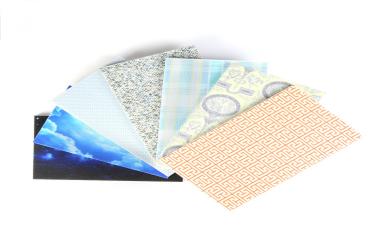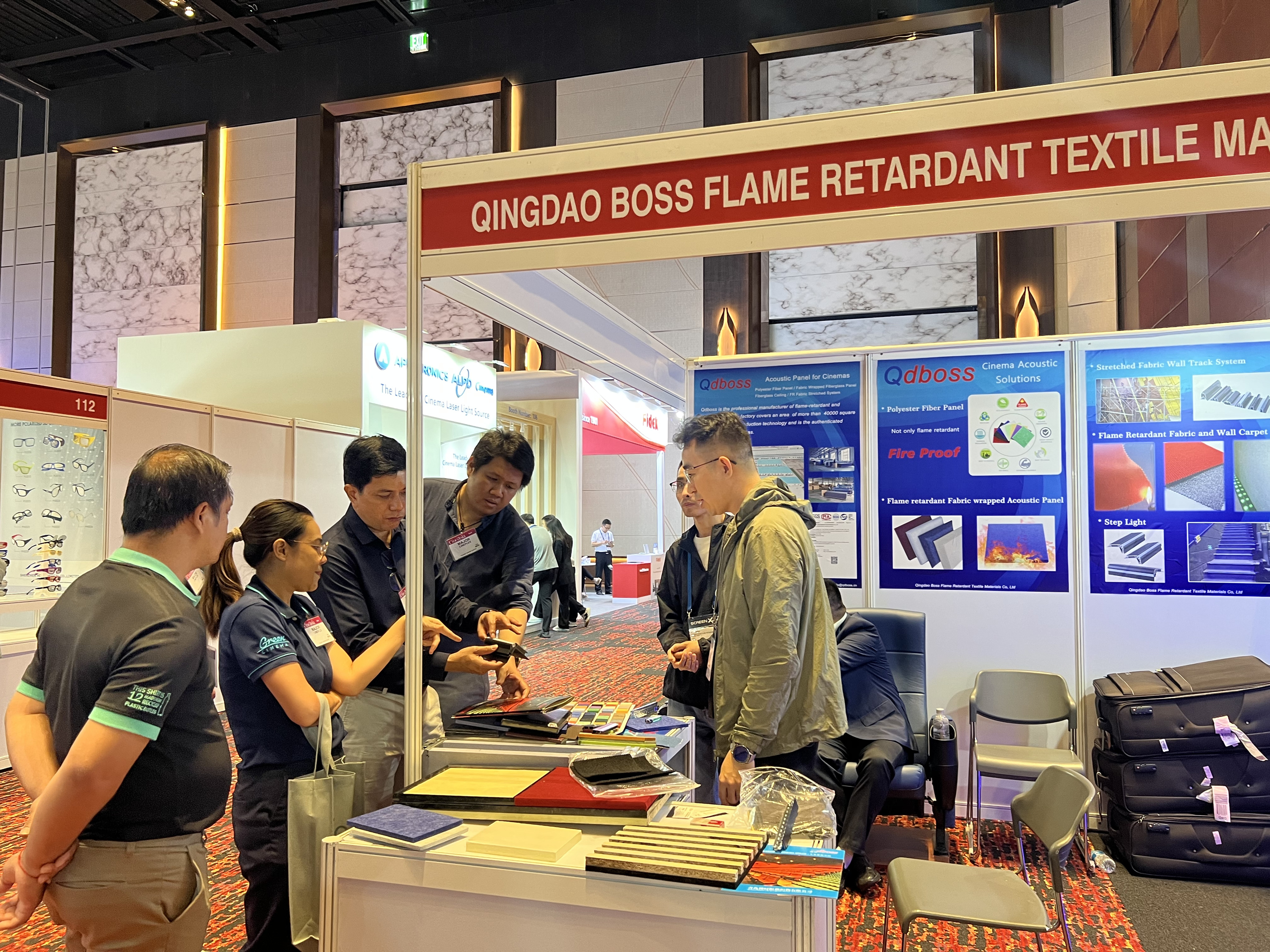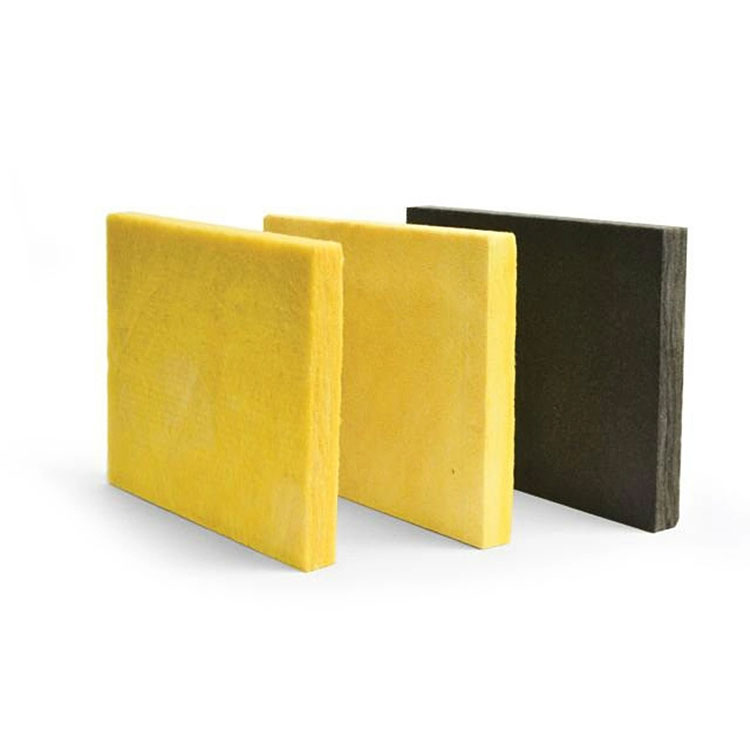What types of sound-absorbing panels are commonly used
2022-02-15
An expert in sound-absorbing panels - Qingdao Boss Flame Retardant Textile Materials Co., Ltd. today tells you what types of sound-absorbing panels are commonly used.
Our Printed Polyester Fiber Acoustic Panel products have been recognized by our customers with strict production process and excellent quality.
According to the manufacturing materials, the wooden sound-absorbing panel is exquisitely processed according to the principle of acoustics, and is composed of veneer, core material and sound-absorbing thin felt. There are two types of wood sound-absorbing panels: slotted wood sound-absorbing panels and perforated wood sound-absorbing panels. Mineral wool sound-absorbing panels have rich surface treatment methods, and the panels have a strong decorative effect. The surface treated knurled mineral wool board, commonly known as "caterpillar", is covered with holes of different depths, shapes and apertures.
Fabric sound-absorbing panels - the central material is centrifugal glass wool. Centrifugal glass wool, as an acoustic material that has been widely used around the world for a long time, has been proved to have excellent sound absorption properties. Fire performance The fire performance of sound-absorbing materials in public gathering places such as theaters, dance halls, auditoriums, multi-purpose halls, gymnasiums, etc. is very important.
The polyester fiber sound-absorbing board has been tested by the National Fire Protection Testing Center for fire protection parameters, and the results show that it has good fire performance and meets the national requirements. Products are widely used in: conference rooms, TV stations, studios, theaters, audio-visual rooms, opera houses, leisure and entertainment cities, hotels, multi-purpose halls, concert halls, bars, restaurants, shopping malls, schools, auditoriums, gymnasiums, KTV, etc. .
On the base material device, the sound-absorbing board is classified according to the amount of formaldehyde contained in the material of the base material. There are E0, E1, and E2 grades in total, of which the E0 grade is the advanced environmental protection (also the European environmental protection standard), and the E1 is the second. , E2 formaldehyde emission is relatively high. If it is directly used in indoor installations, the E1 level is qualified.

























































